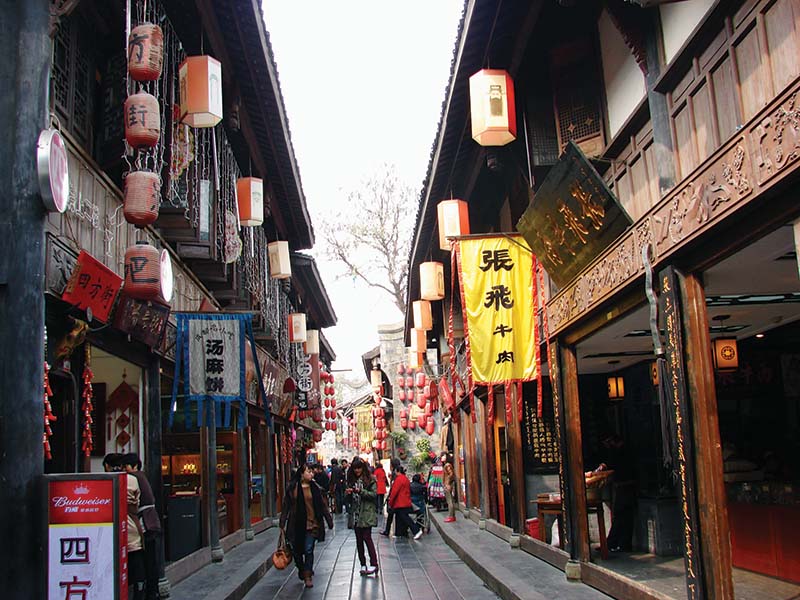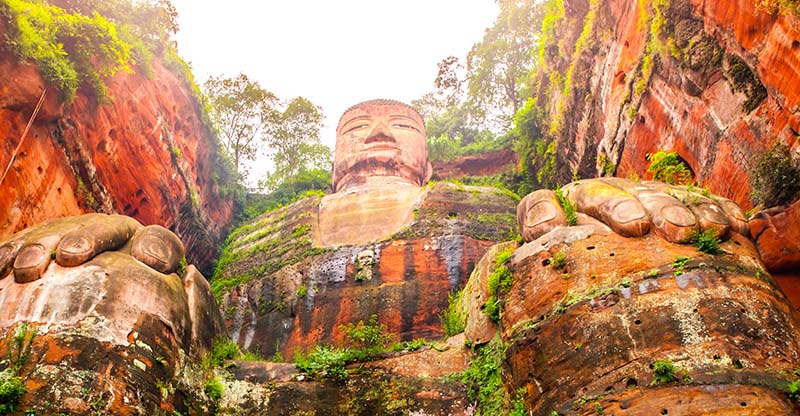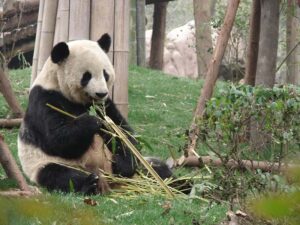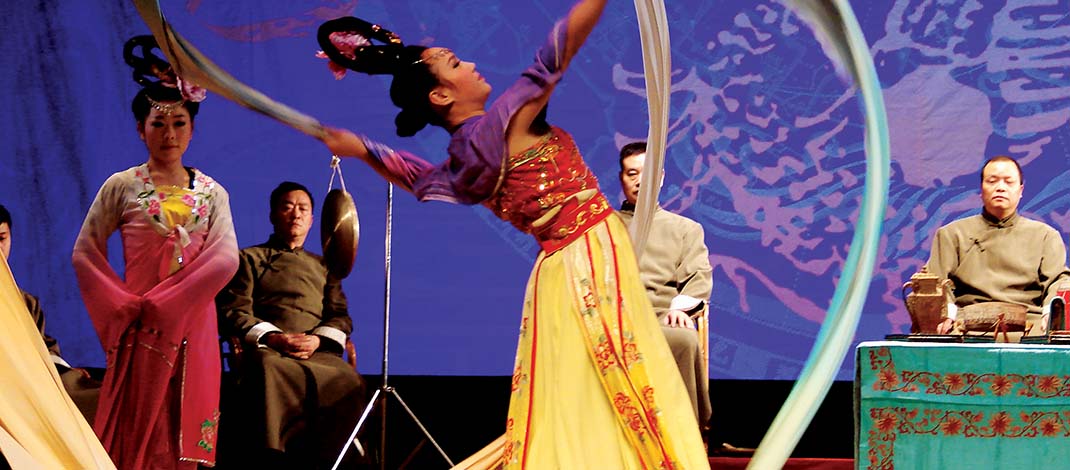With relaxed ambiance, tree-lined streets and teahouses, the capital of Sichuan province is considered one of the most livable Chinese cities
Chengdu, a modern city with a population of over nine million, is the capital of Sichuan province in Southwest China.
It is considered one of the most livable Chinese cities, mainly because of its relaxed ambiance, tree-lined streets and teahouses.

There are many unique things to do in and around Chengdu. The city has many parks that are great places to watch people exercising, flying kites and just strolling along. In most parks, at various times, it is possible to hear a musician playing a traditional Chinese stringed instrument. With luck, an English-speaking local resident will stop by to chat for a while.
Most visitors come to Chengdu to visit the Panda Breeding and Research Center.
The center has recreated the giant panda’s habitat and is dedicated to preserving the giant pandas, the red pandas (which are not really pandas but more like raccoons) and other endangered Chinese animals.

The center is beautifully landscaped with many trails and a trolley that provides easy access to the various areas of the large park-like center. Visitors can watch toddler pandas learn to climb, see newborn pandas being nurtured, and learn about the cuddly-looking bears.

The Sichuan Opera, unlike most operas, does not tell one story but includes traditional Chinese entertainment. It starts with a drum and gong music, followed by a stick and puppet show, a comedy routine, hand shadow show and traditional opera, but the most amazing aspect is the Sichuan specialty — changing faces — whereby the actors change their facemasks so quickly that is impossible to see them do it. Changing faces is an art form and one of China’s national treasures. It started about 300 years ago and was a closely guarded secret passed down through the generations within the families. Only about 200 are proficient in the art.
There are several interesting museums, including the Jinsha Site Museum which is composed of five parts: the relics hall, the exhibition hall, culture relics preservation center, a garden zone and a tourists reception center.
In the relics hall visitors can view the ongoing excavation of the site. An English-speaking guide is not necessary as the labeling is excellent. Like so many of the historical sites in China, the museum is in a lovely park-like setting.
The Sichuan area is noted for its pungent spicy food resulting from liberal use of garlic and chili peppers, as well as the unique flavor of Sichuan pepper.
Hot pot is a local specialty. A simmering pot of stock, fish, meat or chicken, is placed in the center of the table. In some of the newer more upscale restaurants the table is designed with a recessed, built in hot pot area.
When the broth is simmering, diners select a variety of ingredients: meat, vegetables, mushrooms or seafood. The diner then places their ingredients in the broth. Some places provide diners with a wire basket with a handle to use to dip their ingredients in the broth. There is usually a very spicy broth and one that is less spicy. Once the ingredients are cooked they are usually eaten with a dipping sauce.

There are many interesting day trips from Chengdu.
One day trip is to the 2,200-year-old Dujiangyan Irrigation Project, an UNESCO World Heritage Site. Another trip is to Mount Qingcheng, one of the most sacred Taoist areas in China. Leshan Giant Buddha was carved out of the cliff between AD 618 and AD 907 during the Tang Dynasty. It is said to be the largest carved stone Buddha in the world. There are several ancient towns near Chengdu. The towns are a place to see architecture, crafts and customs of an earlier time in a beautiful, vibrant town setting. Many of the crafts and foods are made in the traditional manner.
The taxis are metered with drivers who try to be helpful and the fares are reasonable. The city has a relaxed pace making visitors feel welcome.
Americans need a visa to visit China. Apply to the Chinese Embassy. Air Asia offers reasonable fares between most major cities in China and Asia.
Featured image: The Sichuan Opera, unlike most operas, does not tell one story but includes several types of traditional Chinese entertainment.

